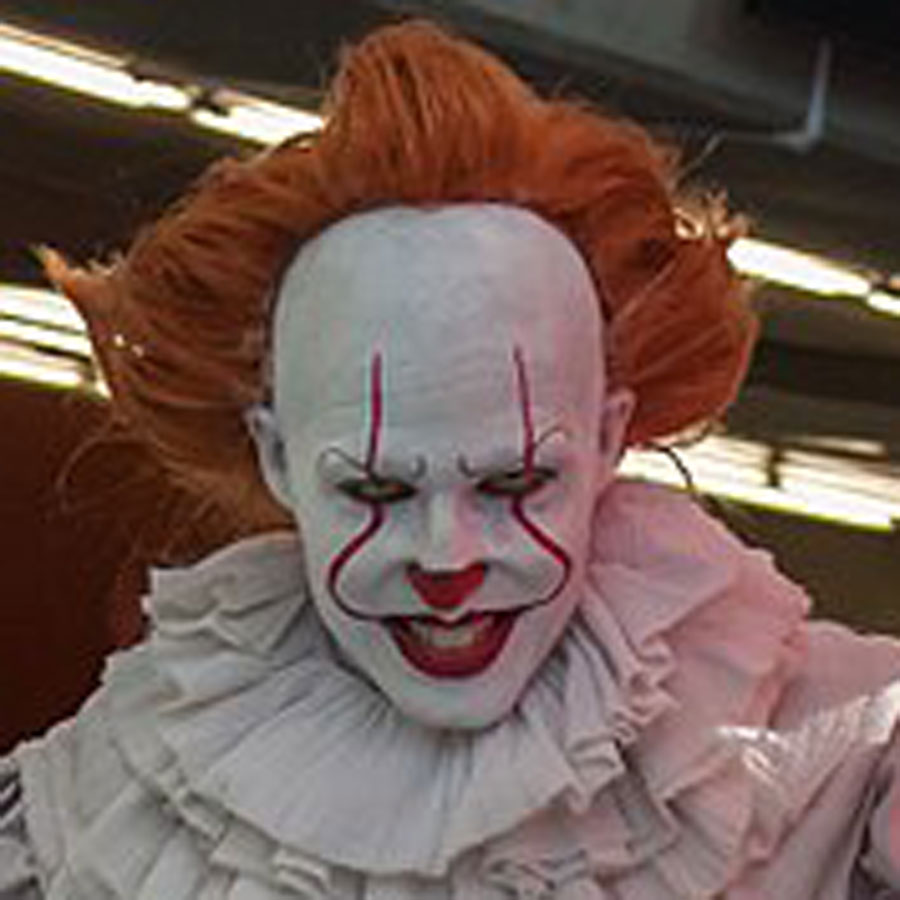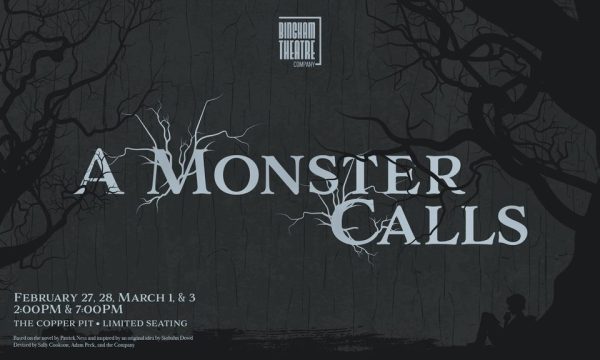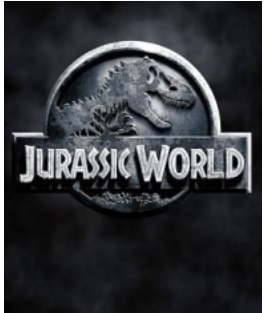Horror Movie Comebacks
Photo by Pikawil
Horror movies have been a beloved genre of film for many years and the love for them has grown since some of the most popular ones have been recently remade, but there are many opinions as to whether old or new horror movies are more frightening.
According to Rotten Tomatoes, the horror movie that “created the template” for horror movies was The Cabinet of Dr. Caligari, directed by Robert Wiene. The film is about a pair of men that encounter a doctor at a carnival that uses a hypnotized man to predict one of their deaths, but the chilling part comes into play when it actually happens. Since 1920 when the film was released, the content of horror films has changed drastically with the development of new computer technology and acting methods. But, there seems to be a popular new fad when it comes to the genre: remakes. Some of the most notable in the past years are Poltergeist (1982 and 2015), The Ring (2002 and 2017), Steven King’s Carrie (1976 and 2013), and the last but definitely not least, Steven King’s It (1990 and 2017).
What do most people prefer? After conducting a poll of the students at Bingham High, I concluded that, out of the 51 students that participated, 33% prefer old horror movies, 47% prefer new, and 19% don’t watch them. In truth, there is no definite answer for what is scarier unless we asked the whole world; it all simply depends on who is watching. Many people can argue that new movies cause us to hide behind our hands more while others can argue that they are simply too fake and gory, but it is evident that students at Bingham High prefer the new reboots.
We have to acknowledge the fact that without the originals, we wouldn’t have all the amazing reboots filled with jump-scares, gore, and suspense that make them amazing in the first place. Have modern horror movies lost their touch? Are they nothing but violent scenes that make you wish you hadn’t eaten that extra sugary breakfast before your stomach could handle it in the morning? It all comes down to the perspective of the viewer.

Lexi Sampson is a junior at Bingham High School. She spends most of her time reading, writing, or eating....






